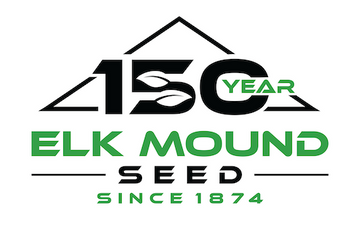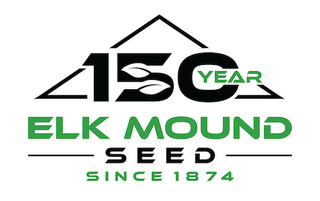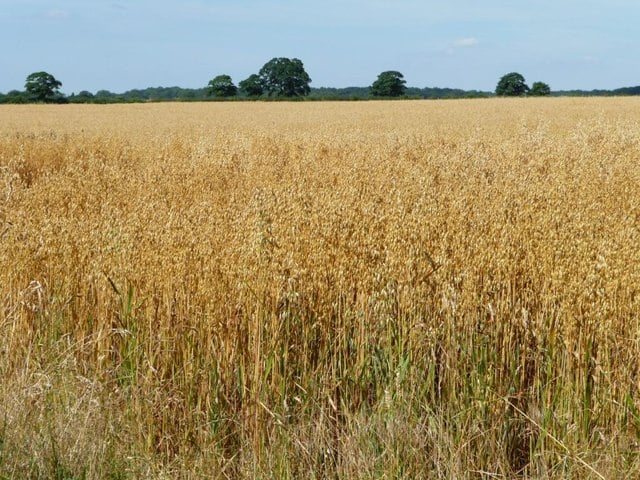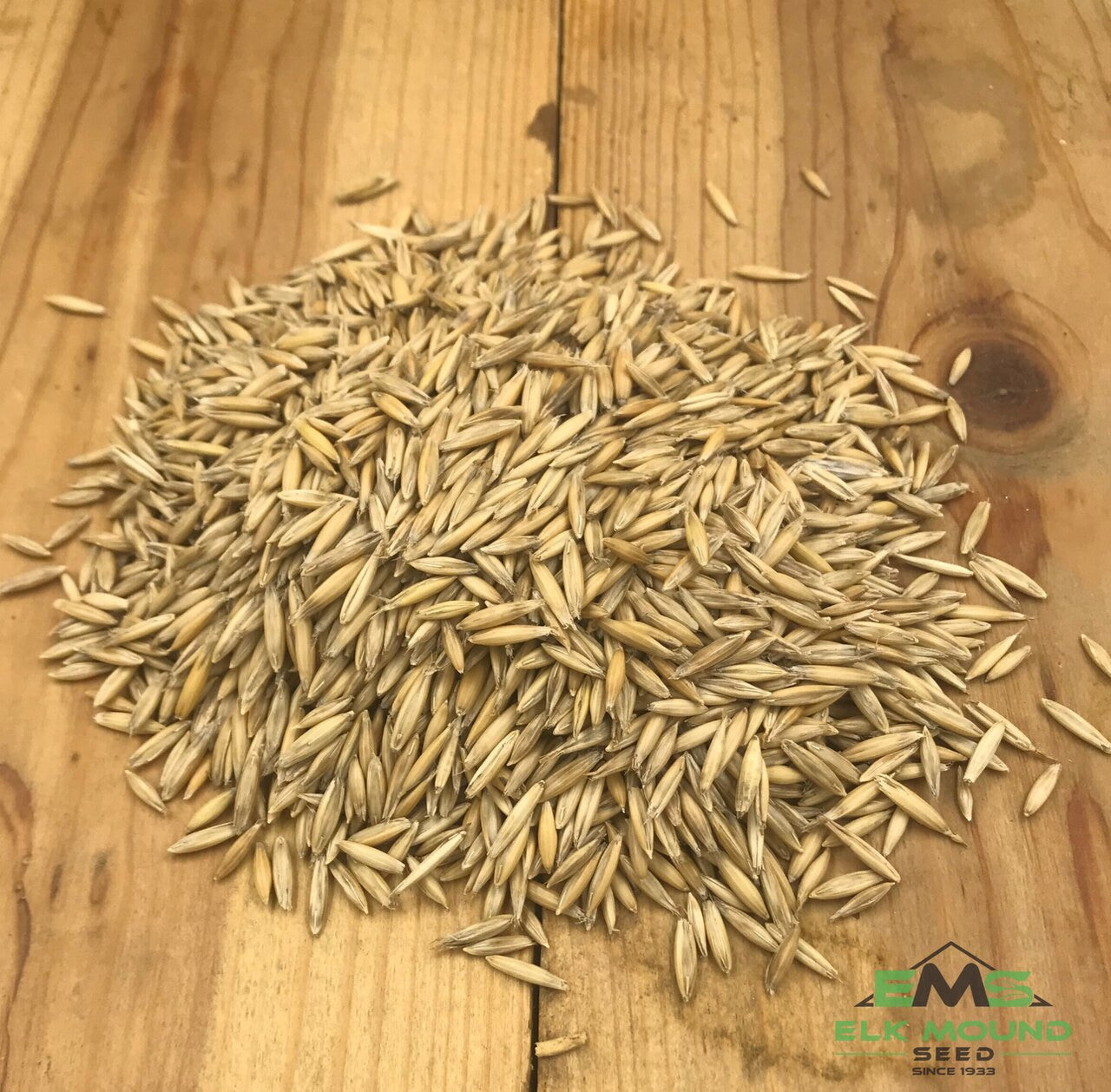We feel like we have always done a great job providing our growers and dealers with high quality seed oats at competitive prices, but we’ve maybe fallen short educating on the “how-tos” of oat growing. Growing 100-bushel oats is far from unachievable, but we need to start looking at the finer details. We have put together this basic manual with hopes that our growers can improve their oat yields and quality. Here’s the quick and dirty…
-
YOU MUST TREAT YOUR OATS LIKE A CROP
- This cannot be stressed enough. Oats require attention/fertility just as corn and soybeans do
- Get them in early
- Oats are tough.
- Calibrate your drill
- For high yielding oats, you need population. Shoot for 100 lbs/acre or 1.0 to 1.3 million plants per acre.
- Start with a clean seed bed
- A clean seed bed will allow for firm seed-to-soil contact.
- When no-tilling, it is pertinent to ensure coulters and press wheels are functioning properly.
USE A FUNGICIDE
The usage of a fungicide can be the difference between an okay oat crop and a tremendous oat crop. In a 2018 trial at the University of Wisconsin, the use of Trivapro at 13.7 oz/acre resulted in an average increase of 38 bu/acre across four oat varieties.
Spraying a fungicide at Feekes Stage 8 will greatly benefit you oat crop. Overall yields will be better, test weights will be higher, standability will increase, and crown rust incidences will be lower. The graphic below shows what an oat plant will look like throughout the 11 Feekes Stages.
Nutrient Removal Chart – This is what it takes to grow a 100-bushel oat crop
| Grain | Straw (If Removed) | Total Removal | |
| Nitrogen | 78# | 31# | 99# |
| Phosphorus | 29# | 16# | 45# |
| Potassium | 20# | 95# | 115# |
| Sulfur | 8# | 11# | 19# |








